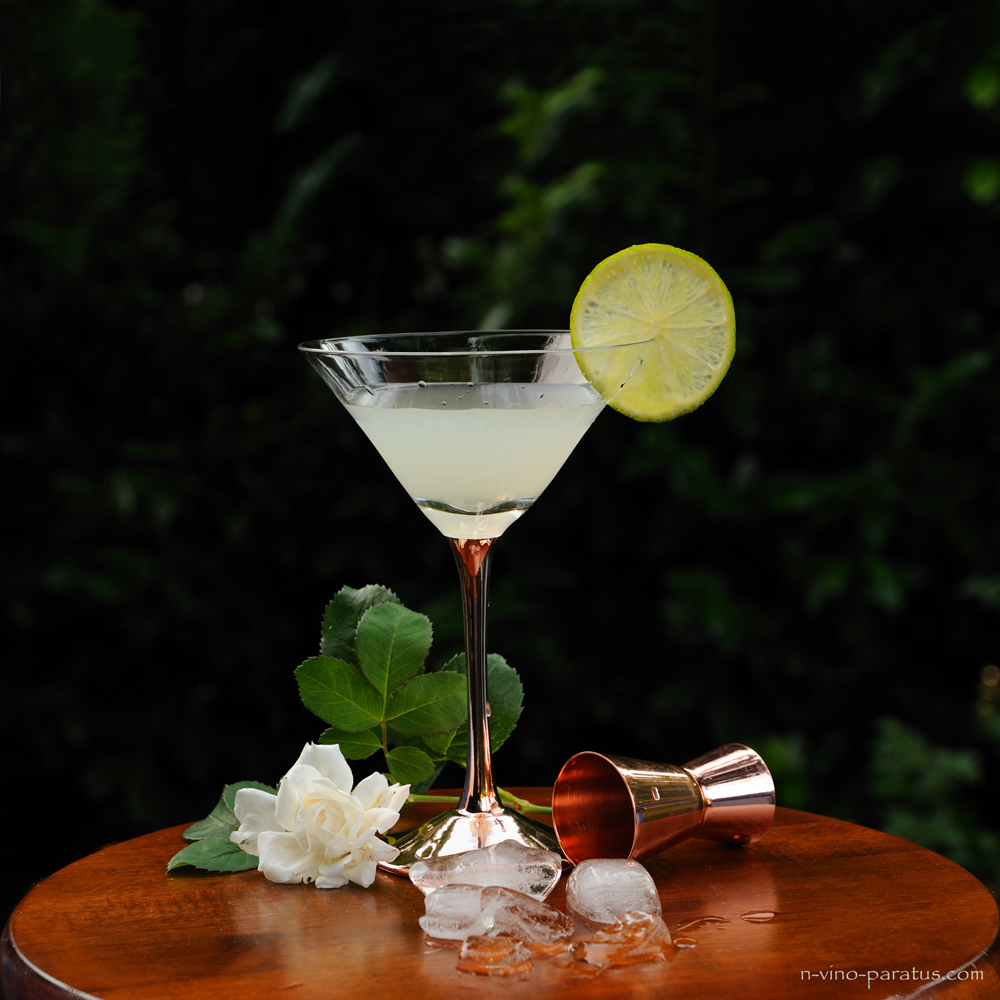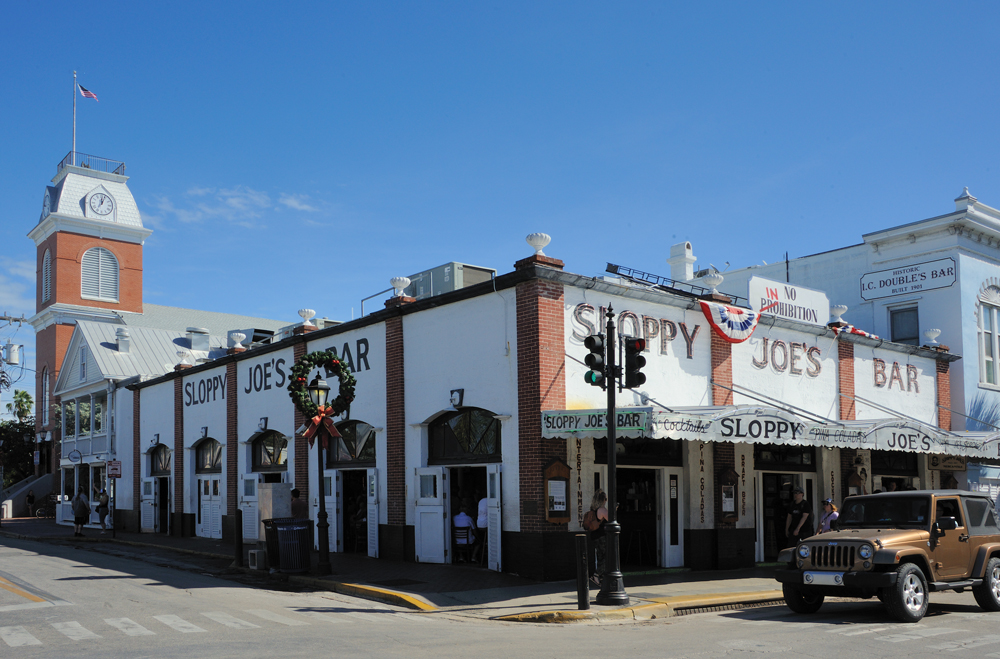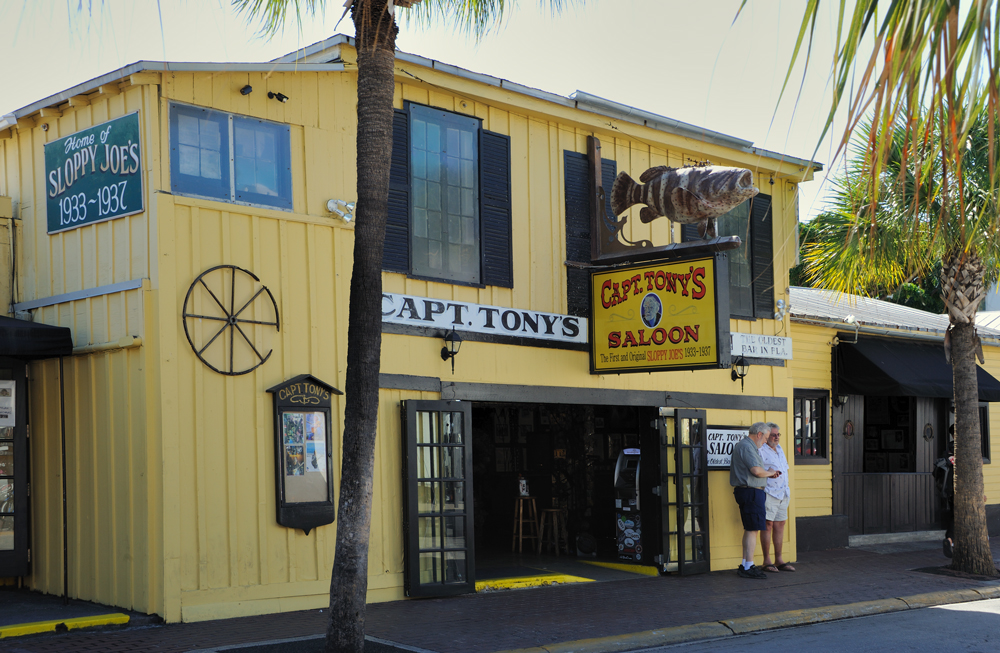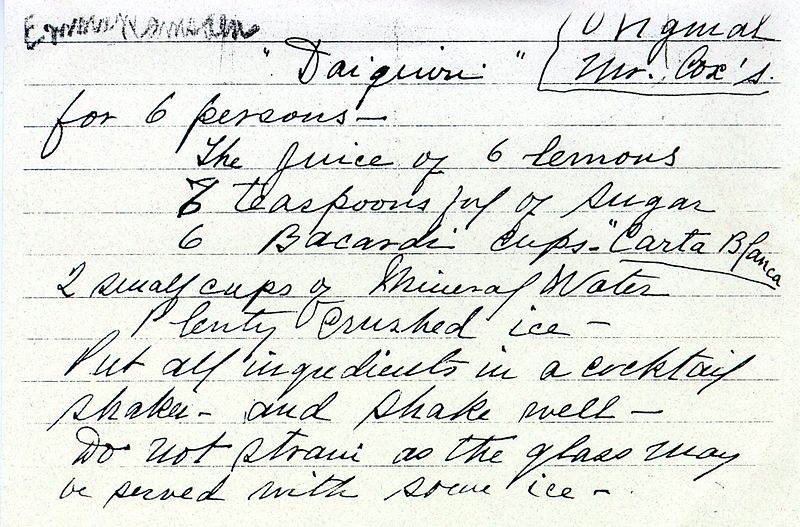
December marked my third visit to the enchanting Key West, the farthest populated island within the Florida Keys archipelago. I’ve always had an affinity for Florida, having graced its sun-kissed shores many times, and each sojourn never seems enough. But a third venture to Key West? It’s a petite island, wholly encompassed by a charming town. The sunsets are magnificent, the ambiance delightful, so why a third visit? The answer lies in an unfinished chapter from my previous trips—I had missed the opportunity to share a libation with the ghost of Hemingway.
It’s not about the impolite act of buddying up with a famous author, but rather the allure of raising a glass in the company of an admired soul within the hallowed halls of his preferred watering hole. Despite the half-century chasm that separates us, the geographical coordinates can be precisely aligned.

This is made possible by Sloppy Joe’s, the favored haunt of Ernest Hemingway, which still graces Key West. Well, it’s more accurate to call it Hemingway’s beloved Florida haunt. The celebrated author, known for his globe-trotting adventures and love for a good drink, had numerous cherished bars across the world. But Key West’s two establishments both lay claim to being the genuine Hemingway’s Sloppy Joe’s. Hence, the necessity of tipping a glass in both venues to be certain.
Here’s the unadorned truth: Hemingway called Key West home for twelve years, and Sloppy Joe’s was his go-to establishment. Joe Russel, the owner of Sloppy Joe’s, was a close confidant of Hemingway. In fact, the bar became the author’s second abode. Hemingway once remarked that the guiding beacon on the nearby lighthouse made the journey from bar to home significantly more manageable.
Sloppy Joe’s had a unique history. It opened its doors on December 5, 1933, the day when Prohibition was repealed, indicating Joe Russel’s keen business acumen. For the next four years, Sloppy Joe’s was nestled on Greene Street. However, in 1937, Joe Russel felt the escalating rent didn’t align with his sense of fair play, prompting a move to a new venue just across Duval Street. Sloppy Joe’s have always worked seven days a week (present owner also believes that any person should have opportunity to quench his/her thirst any day of the week), and it remained open throughout the transition; patrons simply ordered drinks and transported them to the new location, often carrying glasses and bits of furniture in hand.

The old Greene Street building was repurposed, receiving a new name and owner, but its essence remained the same. Capt. Tony’s Saloon is its present identity. A board on the wall attests to its history as Sloppy Joe’s home from 1933 to 1937. Capt. Tony’s Saloon now competes with Sloppy Joe’s on Duval Street for the title of Hemingway’s true refuge.
As for the state of the two bars today, my preference leans toward Capt. Tony’s Saloon. It’s cozier, smaller, and frequently graced by locals. Of course, tourists make an appearance, but they’re omnipresent across the island. It ultimately boils down to personal taste.
It’s worth noting that Sloppy Joe’s on Greene Street and Sloppy Joe’s on Duval Street weren’t the sole Sloppy Joe’s frequented by Hemingway. In fact, it was a third Sloppy Joe’s that bestowed Joe Russel’s bar with its ultimate name (after two prior changes). Hemingway had a particular fondness for the original Sloppy Joe’s, owned by Jose Garcia Rios, located in Havana. This leads us to Hemingway’s favored tipple—the daiquiri. You see, it’s not just the right place but also the correct libation that completes a rendezvous with a beloved author. Hemingway savored various drinks, but the daiquiri was one of his cherished elixirs. In the Floridian Sloppy Joe’s, I, too, sampled the daiquiri. However, the first time Hemingway tried this classic wasn’t in Florida, but rather in Cuba, the birthplace of the daiquiri.
To unveil the origins of the Daiquiri, we must turn the clock back to its ideological forebearer – the Grog. This classic concoction traces its roots to Vice Admiral Edward Vernon. He was the visionary behind the notion of diluting rum with water and a splash of lemon juice, a practice aimed at curbing the rampant alcoholism within the Royal Navy (further details on Grog and its historical significance can be found in my article).
However, Vice Admiral Vernon, who was more concerned with stemming excessive drinking than mixology, cannot lay claim to the creation of the famed cocktail. This honor goes to Jennings Cox, an American mining engineer who found himself in Cuba as a consequence of the 1898 Spanish-American War. With America now in possession of Cuba, Cox worked at a mine near Santiago.
Legend has it that Cox, during a gathering at his home, realized he had run out of gin, a favorite tipple among his guests. Left with no other option, he turned to rum. Fortunately, lemons, mineral water, and sugar were staples in his household. With a creative spirit, Cox crafted a concoction that would fall under the wide umbrella of Sour cocktails (for an in-depth exploration of the Sour’s lineage, you can refer to my article on the Pisco Sour). These drinks are distinguished by their trifecta of alcohol, fruit juice, and a sweetener. Cox’s creation followed the punch style, mixed in a communal bowl.

This was the birth of the original Daiquiri recipe, and over the past century, countless variations have emerged.
The original recipe:
Juice of six lemons, 6 teaspoons of sugar, 6 Bacardi cups of ‘Carta Blanca’, 2 small cups of mineral water, plenty of crushed ice. Shake well.
(Photo of Cox’s hand-written first recipe. From Bacardi site).
The cocktail delighted guests so profoundly that they yearned for more and, of course, the origin story. However, Cox sought a moniker that would distinguish this delightful concoction from the more conventional but dull “Rum Sour.” In homage to the closest beach to his abode, he christened it Daiquiri.
The Daiquiri’s voyage around the globe commenced at a leisurely pace. It wasn’t until 1909 that it set foot in the United States, courtesy of medical officer Lucius W. Johnson. During a visit to Cuba on his warship, Johnson partook in a party at Cox’s residence and savored the novel libation. So enamored was he with this creation that he procured the recipe, introducing it to the private Army & Navy Club in Baltimore. From the hallowed bar of this club, the Daiquiri began its journey across the nation.
Bartenders began tweaking the components, experimenting with bitters, and occasionally substituting limes for lemons. Eventually, the classic Daiquiri formula was crystallized—a harmonious fusion of rum and fresh lime (or lemon) juice. Initially mixed directly in the glass and served over ice, it evolved into a cocktail prepared in a mixer with the presence of ice and elegantly presented in chilled glasses. The classic recipe I employed can be found at the end of this article.
The Daiquiri’s meteoric rise to international stardom occurred during the Prohibition era in the United States. Cuba emerged as a sanctuary for Americans grappling with sobriety-induced torment. The Cuban bars were inundated with visitors. The cocktail’s already established presence on the island facilitated its global recognition.
Renowned authors also played a pivotal role in the Daiquiri’s popularization. F. Scott Fitzgerald made an early reference to it in “This Side of Paradise.” However, it was Ernest Hemingway who championed the cocktail, weaving it into his novels.
Hemingway, in fact, devised his own unique variation of the Daiquiri. Initially introduced to the cocktail at El Floridita (it’s bartender, Constantino Ribalaigua Vert “El Grande Constante”, practically specialized on daiquiri), a bar frequented by the author, he found it too weak and saccharine for his liking. Thus, the “Hemingway Daiquiri” or “Papa Doble” (Papa being Hemingway’s Cuban nickname, and Doble denoting the double portion of rum) was born.
Hemingway Daiquiri:
3oz./90 ml of White rum
1 oz./30 ml of Lime juice
0.5 oz/ 15 ml of Grapefruit juice
0.25 oz/ 8 ml of Maraschino liqueur
Pour all the ingredients into a cocktail shaker over ice and shake gently. Strain into the chilled cocktail glass and enjoy.
It’s widely held that Ernest Hemingway had a predilection for robust libations, eschewing sweet concoctions due to his diabetes. Therefore, his adaptation of the Daiquiri conspicuously omitted sugar while doubling down on rum. The additions of grapefruit juice and maraschino were an inspired touch by El Grande Constante, aimed at enhancing the drink’s appeal to other patrons.
However, despite being the one to introduce the Daiquiri to Hemingway, El Grande Constante inadvertently ushered in the era of the frozen Daiquiri. This icy evolution saw crushed ice mingled with rum and fruit juice. The “crushed” Daiquiri swiftly ascended to popularity as the quintessential beach and party elixir, with its elegance drowned amidst the clamor of Waring Blenders—those colossal, whirring contraptions, dedicated to whipping up these fortified slushies. The pursuit of fresh juices and the quest for balanced flavors all but disappeared.
The classic Daiquiri, too, saw numerous mutations. It was blended with a multitude of ingredients, like half a banana or half an avocado, birthing the Banana Daiquiri and the Avocado Daiquiri. A sip and a snack converged within a single glass.
The Daiquiri had morphed into an extensive family of variants.
Fortunately, in the 1990s, a resurgence of appreciation for the traditional, unfettered Daiquiri began to grace the bars once more. Simple, elegant, and refined, the classic Daiquiri was rightfully reinstated in the glasses of aficionados.
And so, I crafted such a Daiquiri for your delight.
Ingredients:
1.5 oz./ 45 ml of White Rum
1 oz./ 30 ml of fresh Lime juice
0.5 oz./ 15 ml of Simple syrup
Process:
Pour all the ingredients into a cocktail shaker over ice and shake gently. Strain into the chilled cocktail glass and enjoy.
Drinkware:
Cocktail glass
This Daiquiri is an ideal companion for balmy summer evenings, a tribute to the timeless charm of the unfettered classic.
Visit my online store for a unique poster featuring this cocktail, along with many other beautiful cocktails and other wine-related subjects.
It’s the perfect way to add a touch of sophistication to your kitchen or bar. Click here to shop now!